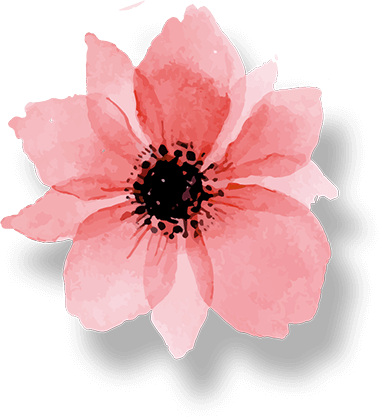


a. Traditionally, weddings are 7 days, with the main wedding ceremony lasting
about 7 hours. Our ceremony will be much shorter, about 2.5-3 hours.
b. You are not expected to sit silently the entire time, for nuanced etiquette on
this, observe the groom's family
c. The ceremony will start around 10am, might be a bit later. For those of you used to the strict punctualness of Christian services in the US, do not be alarmed if we start a bit late.
d. The ceremony will be in Nepali and will involve the groom's and bride's parents along with the bride and groom at various times sitting on the mandap with the priest. The mandap is a platform where the rituals will be performed.
e. The ceremony starts with a ritual called the Janti, which is a loud and cheerful entrance of the groom’s party. This is a celebration of ‘gaining’ a new family member (the bride).
f. Once the groom has arrived, the bridal party will greet him.
g. Tika is then applied to the groom’s forehead by the bride’s father and welcomed inside to sit on
a wooden chair called the ‘pida’. The bride’s father then presents the groom with a kalash (pot)
as a symbol of giving away his daughter to him.
h. This is when the bride appears. She is brought to the stage by her maternal uncle and hidden by a fabric cloth.
Once she sits, this cloth is held up in between the bride and groom.
i. After rituals are spoken, the fabric is removed and the bride sees her
husband.
j. Then, the bride and groom exchange flower garlands as a symbol of consent and acceptance.
k. Next, the bride and groom sit close to one another as their hands are bound together with a
cloth as the bride’s relatives wash their feet using a copper bowl. This ritual is called
Godadhuwa.
l. Then comes the exchanging of malas in a ritual called Dubo Ko Mala. A mala is a
grass garland. Finally, the groom applies a form of vermillion powder to the bride’s hair parting. Now, the couple is officially married!
a. Most people arrive between 15-30 minutes before the start of the ceremony,
some even earlier.
b. Christian services are quiet affairs, attendees do not talk during the service. Those
with young kids, if they're a bit rambunctious, parents will usually take them to the back and
walk them around. Sitting in one place quietly is hard for little ones. We'll be outside so
there's ample space to roam.
c. Follow the crowd when people stand or sit. For example, traditionally when the bride starts
to walk down the aisle, the guests stand up and then the officiant asks everyone to be seated.
d. The ceremony starts with the groomsmen walking the grandparents and parents of the bride and groom to their seats in the front
e. Then the groomsmen and the groom gather at the front
f. Next, the bridesmaids walk down the aisle to the front, followed by the bride who traditionally walks with her father
i. The officiant greets everyone and says a few words.
j. The officiant proceeds with reading their vows, having the couple repeat them line by line. This involves the exchanging of rings.
k. The officiant announces the marriage and invites the couple to kiss.
Yes! The lunch will feature almost all vegetarian dishes. One dish will have chicken. The dinner will have seitan as an alternative to the smoked chicken
Chicken and pork. All dishes with pork in them will be labeled as such.
Dressy Casual: Ladies - Summer or Cocktail Dresses; Gents - Suit and
Tie or Sport Coat.
But most importantly, wear what makes you comfortable!